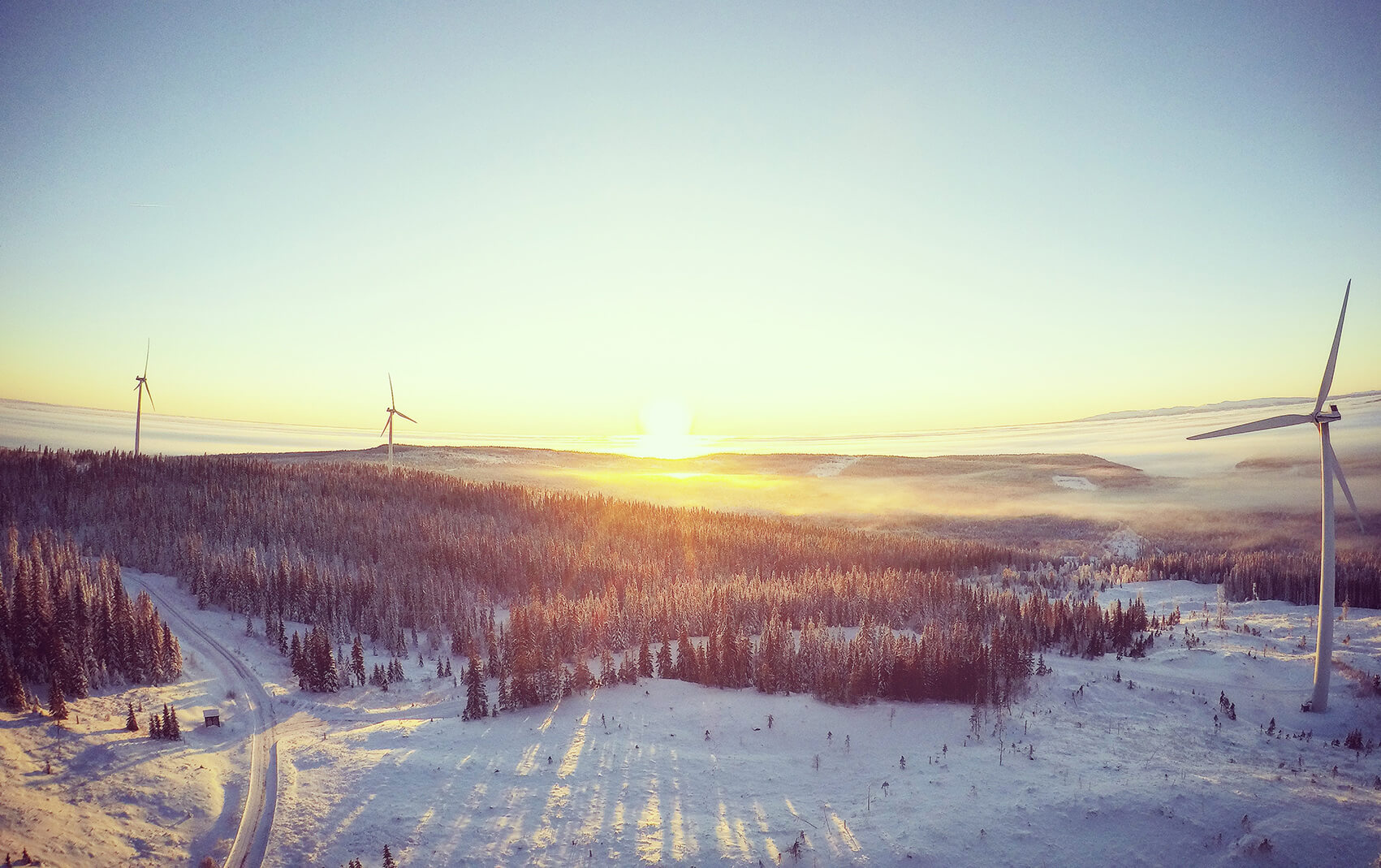According to Renewables Finlands’ project database, there are currently 128 onshore wind power projects planned in Northern Ostrobothnia, of which roughly one-third are expected to proceed to electricity production. This represents a potential of over €35 million in property tax revenue for the region’s municipalities – in the very first year of operation alone. Projects are being developed across 27 municipalities, with the largest number in Pyhäjärvi.
Northern Ostrobothnia remains Finland’s leading wind power region, both in terms of existing production and the number of projects under development. If around one-third of the currently planned 128 onshore projects are realized, municipalities in the region could collect over €35 million in property tax revenue already in the first year of turbine operation. Over the approximately 35-year lifecycle of the turbines, cumulative property tax income – after deductions – would exceed €800 million.
Wind power investments represent a major opportunity for Northern Ostrobothnia in their own right. Their significance is amplified by the way affordable and clean electricity enables broader industrial and processing investments. These developments mean growing tax revenues, new jobs, and stronger regional vitality.
“Northern Ostrobothnia has the strongest potential of any Finnish region for the growth of renewable electricity generation. Together with a robust transmission network, this creates excellent conditions for new industrial and data center investments. Muhos is a good example: the planned data center there would efficiently utilize the region’s abundant, emission-free electricity. The growing number of hydrogen projects in Northern Ostrobothnia is no coincidence either. In short, Northern Ostrobothnia’s role in enabling Finland’s future growth investments cannot be overstated,” says Matias Ollila, Director of Advocacy at Suomen uusiutuvat ry (Renewables Finland).
Wind power projects planned across 27 municipalities
In Finland, municipalities hold the authority over local zoning decisions. At present, 27 municipalities in Northern Ostrobothnia have wind power projects under planning. The highest numbers are in Pyhäjärvi (13 projects, 1,671 MW), Pudasjärvi (12 projects, 1,980 MW), Oulu (11 projects, 1,500 MW), and Haapavesi (11 projects, 1,541 MW). Altogether, the planned projects represent a total capacity of 21,489 megawatts in Northern Ostrobothnia.
A number of factors affect whether planned projects will be realized, and only a portion will advance to production. One potential barrier is overly restrictive regulation, which could prevent many renewable energy projects from being built. According to Ollila, it is essential that zoning and permitting processes remain efficient, and that decisions on project siting continue to be made locally, without state-imposed fixed distance limits.
“Municipalities and regions know their areas best and are best positioned to assess how renewable energy can be integrated with other forms of land use. Environmental impact assessments and zoning already provide thorough tools for that purpose. It is important that decisions remain in local hands, and that permitting and planning processes stay flexible and fit for purpose. Local democracy and energy go hand in hand.”

